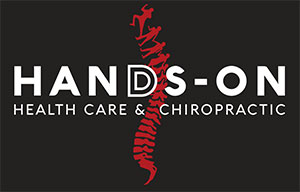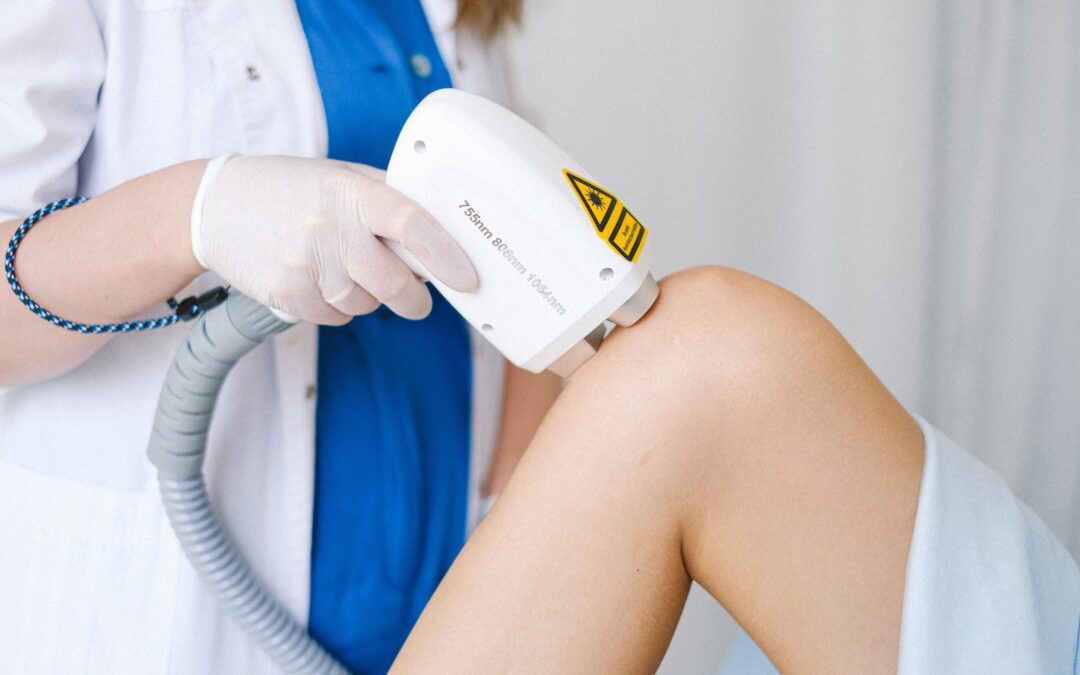If you’re looking for a non-invasive and painless way to manage your pain or inflammation, then cold laser therapy might be for you. Since it’s a fairly new development in the world of pain management, however, you might not be well-versed in how it works. To help you out, we’ve put together this simple guide.
What Is Cold Laser Therapy?
Cold laser therapy is a pain management technique that uses a low-intensity laser to stimulate healing with low levels of light. It is FDA-approved, and is a non-invasive and non-pharmacological approach to pain management.
The levels of focused light used are too low to properly heat up your body’s tissue, hence the term “cold” laser therapy. It is also referred to as low-level laser therapy (LLLT), or photobiomodulation therapy (PBMT).
How Does Cold Laser Therapy Work?
The device used in cold laser therapy beams low levels of light (or photons) at the area in question. The joint or tissue absorbs the light which triggers a physiological process that helps damaged tissues heal and regrow, while reducing pain and increasing cellular metabolism. Unlike high-frequency surgery lasers, cold laser therapy does not cut your skin, and is completely non-invasive.
While the laser device will touch your skin, the procedure itself won’t cause you any pain or discomfort. Additionally, at Hands-On Health Care & Chiropractic, we use Class IV therapy lasers, meaning treatment of larger areas with shorter treatment timings. Our LightForce® lasers allow patients to feel a pleasing sensation of warmth while the treatment takes place. The entire process itself can be completed within 3–10 minutes, depending on the area being treated and the level of treatment required.
What Is Cold Laser Therapy Used For?
Cold laser therapy is used to treat a handful of conditions, but it is mainly used for pain relief, lessening inflammation, and tissue repair.
- Injuries and sprains. Cold laser therapy is used by physical therapists to treat minor injuries and sprains such as muscle and ligament strains, tendonitis, and tennis elbow, as well as neck, knee, and lower back pain.
- Cold laser therapy can be used to treat inflammation of the muscles caused by rheumatoid arthritis (RA), autoimmune conditions, as well as ulcerations in the mouth.
- For people suffering from chronic pain due to conditions like fibromyalgia and carpal tunnel, cold laser therapy can be extremely helpful.
- Skin rejuvenation. Since cold laser therapy stimulates cellular metabolism, it is useful in the treatment of acne, burns, dermatitis, and more.
- Wound healing. Difficult-to-heal wounds, especially wounds caused by diabetes or some kind of injury, can be treated by cold laser therapy.
Pros and Cons of Cold Laser Therapy
When performed under the care of a qualified professional, cold laser therapy has many advantages, the main ones being that it is non-surgical, non-pharmacological, painless, and needs no recovery period.
Cold laser therapy, however, usually requires a series of treatments before a patient can fully experience relief. There is also a risk of injury to the eye, which is why professionals will always provide certified eyewear for patients.
At Hands-On Health Care & Chiropractic, we can help restore your peace of mind and quality of life with our professional pain treatments. Call us at 727-937-6740 or contact us online to book an appointment today!


